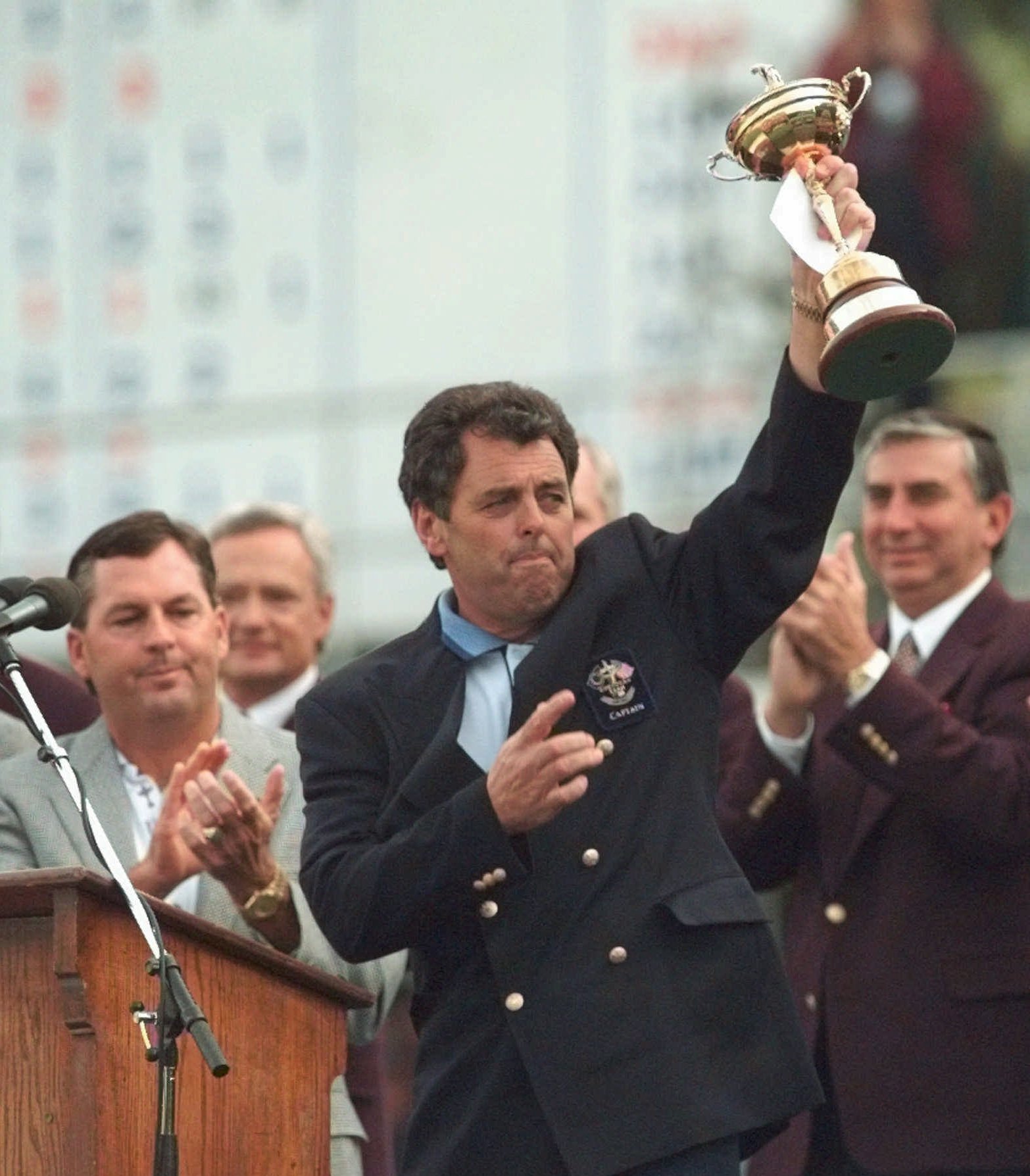ROCHESTER, N.Y — To witness Oak Hill Country Club’s East Course, a masterful layout that will test the world’s top players at the 2023 PGA Championship, is to see an ever-evolving block of clay, one that’s been molded and re-molded over a century.
So that begs a question: When did this pristine place become worthy of major championships?
Much like the course, that answer is still evolving.
The first glimpse the golf world got of the Donald Ross design came in 1934, when the City of Rochester’s 100th birthday and the 20th anniversary of hometown hero Walter Hagen’s U.S. Open win at Midlothian Country Club were rolled into a celebration at the course. Hagen invited a number of his closest friends, many of whom were big fish in the golf pond.
Although Hagen, then 41 years old, failed to crack the top 10 in the event, he played admirably. Meanwhile, the tournament was won by Leo Diegel, a four-time Ryder Cupper who won a pair of PGA Championships. Diegel shot 4 under to take the title, and he left as one of many who were impressed with the course.
May 15, 2023; Rochester, New York, USA; Fans walk behind the 1st hole during a practice round of the PGA Championship golf tournament at Oak Hill Country Club. Mandatory Credit: Adam Cairns-USA TODAY Sports
“It was the first time many of the great golfers of the world had ever seen Oak Hill East,” said club historian Fred Beltz, who joked that he didn’t attend that event. “This gave members at Oak Hill a taste of big-time golf and it gave big-time golf a taste of Oak Hill.”
And while that first peek didn’t result in instant success in terms of catapulting Oak Hill onto a national tournament stage, it helped build some momentum. In 1941, the founder of the Gannett newspaper chain – now owners of USA Today, Golfweek and the Rochester Democrat & Chronicle – put up $5,000 to host the first Times-Union Open, named in honor of the now-defunct afternoon newspaper. Frank Gannett, who was a member at Oak Hill, hoped the tournament would shed light on the track’s beauty and could serve as a gateway to Rochester hosting a larger tournament.
In 1941, Sam Snead was victorious in the event, but the crowning achievement came in 1942 when Ben Hogan set the layout ablaze, breaking the course record with a 64 in his opening round. It was a record that stood for 71 years, only matched in tournament play by Curtis Strange, who also shot 64 on his way to winning the U.S. Open in 1989.
Although the tournament was building steam, World War II threw a monkey wrench in any plans to grow the Times-Union event, and it was shuttered.
“The war years really limited a lot of professional golf,” Beltz said. “But then, when we moved into the big time, in my opinion, was in 1949 when we hosted the U.S. Amateur. In 1934 is when the world saw the course, in ’41-’42 we got a taste of bigger events, but then in 1949, that’s when we really got to the big stage.”
The story goes that at some point after the war, USGA executive director Joe Dey came to Oak Hill and was in awe of the design.
“Dey saw the course and said, ‘Where have you been? There’s nothing else like this in the whole country,’” Beltz said.
That 1949 Am was won by Charles Coe, widely regarded as one of the greatest American amateurs in history. Coe went on to win another U.S. Am in 1958 and finished second to Gary Player in the 1961 Masters.
From there, the course scored a pair of U.S. Opens in the next two decades, first the 1956 edition won by Cary Middlecoff and then the 1968 tournament, which proved to be the first PGA Tour victory and the first of six majors for 28-year-old Lee Trevino.
In Trevino’s win, he posted rounds in the 60s all four days, a first in a U.S. Open, but Beltz contends the course was susceptible to a low score, due to a specific set of circumstances.
“The course was lined with Dutch Elm trees, and the course went through a bout with Dutch Elm disease,” Beltz said. “The course was easier to attack than normal, but give Trevino credit. He did it.”
When the USGA started to ask if the course was difficult enough to warrant major championships in the 1970s, club leaders summoned George Fazio and his nephew Tom to add some new wrinkles. The course played tougher and continued to host major events – including the 1995 Ryder Cup won by a European side that secured victory when Irish rookie Philip Walton topped Jay Haas on the 18th green.
Haas would return to exact some revenge, capturing the 2008 Senior PGA Championship in Pittsford. And the course hosted a pair of PGA Championships, one in 2003 won by Shaun Micheel and another in 2013 when Jason Dufner broke Hogan and Strange’s course record, one that stood for 71 years, by shooting a 63 en route to victory.
Jason Dufner celebrates with the Wannamaker Trophy after winning the 95th PGA Championship at Oak Hill Country Club. Mandatory Credit: Allan Henry-USA TODAY Sports
“I don’t want to take anything away from Dufner, but the course got quite a bit of rain, so it was really receptive, and there was a graduated rough,” Beltz explained. “The course was definitely playing on the easier side. And the older course was a little shorter and if you look at that with older equipment against a slightly longer course and new equipment, I’ll take the latter over the former any day.”
Fearing it had lost its roots, the course was renovated again in 2019 by Andrew Green, who attempted to restore the East Course to the original design Ross created nearly a century ago.
For Beltz, who has been picking at the club’s history for two decades, this offers a watershed moment in 2023 with the return of the PGA Championship. He’s hoping this year’s event ushers in a modern era of major tournaments at a place that has seen its fair share of changes.
“This is a pivotal year, for sure,” Beltz said. “If the players like the renovations and the weather treats us right, this could be a place where major championships are held for a long, long time.”








